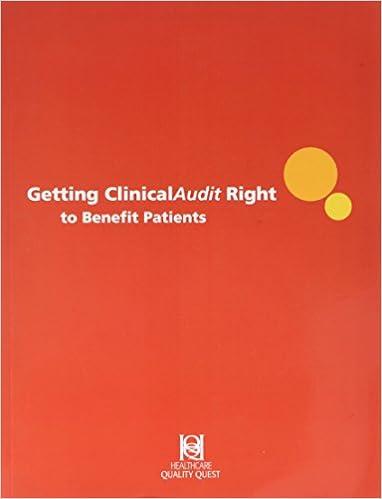Question
Hill Corporation is organized with two classes of voting common stock: Class A and Class B. Shares in each class of stock have an equal
Hill Corporation is organized with two classes of voting common stock: Class A and Class B. Shares in each class of stock have an equal right to Hills assets and earnings and profits. Frank owns 100 shares of Class A stock, and Fay and Joyce each own 50 shares of Class B stock. Assuming that Hill Corporation has ample earnings and profits, determine whether the following distributions are taxable under 301 or excludable under 305(a):
(a)A pro rata distribution of nonconvertible preferred stock to both classes of shareholders.
(b)A pro rata distribution of Class A stock on Class A and Class B on Class B. The Class B shareholders also are given the option to take cash in lieu of additional Class B shares. Joyce exercises this option.
(c)A pro rata distribution of Class A stock on Class A and a cash distribution on Class B.
(d)Assume that Class B is a class of nonconvertible preferred stock which pays regular cash dividends and Hill distributes Class B stock to the Class A shareholder.
(e)Same as (d), above, except that Hill distributes a class of nonconvertible preferred stock which has rights to assets and earnings and profits subordinate to those of the existing Class B stock (i.e., junior nonconvertible preferred stock) to the Class A shareholder.
(f)Assume that Hill has only one class of common stock outstanding and also has issued a series of 10 percent debentures convertible into common stock at the rate of one share of common stock for each $1,000 debenture. Hill makes an annual interest payment to the debenture holders and one month later distributes a common on common stock dividend to the common shareholders without adjusting the conversion ratio on the debentures.
(g)Same as (f), above, except that the debentures are convertible preferred stock. The corporation declares a one-for-one split on the common stock (i.e., each shareholder receives one new share of common stock for each old share) and the conversion ratio of the preferred is doubled.
(h)Assume again that Class A and Class B are both classes of voting common stock. Hill makes a pro rata distribution of Class A on Class A and a distribution of newly issued shares of nonconvertible preferred stock on Class B.
(i)Same as (h), above, except that the preferred stock which is distributed is convertible into Class B stock over 20 years at Class Bs market price on the day of the distribution.
Step by Step Solution
There are 3 Steps involved in it
Step: 1

Get Instant Access to Expert-Tailored Solutions
See step-by-step solutions with expert insights and AI powered tools for academic success
Step: 2

Step: 3

Ace Your Homework with AI
Get the answers you need in no time with our AI-driven, step-by-step assistance
Get Started


